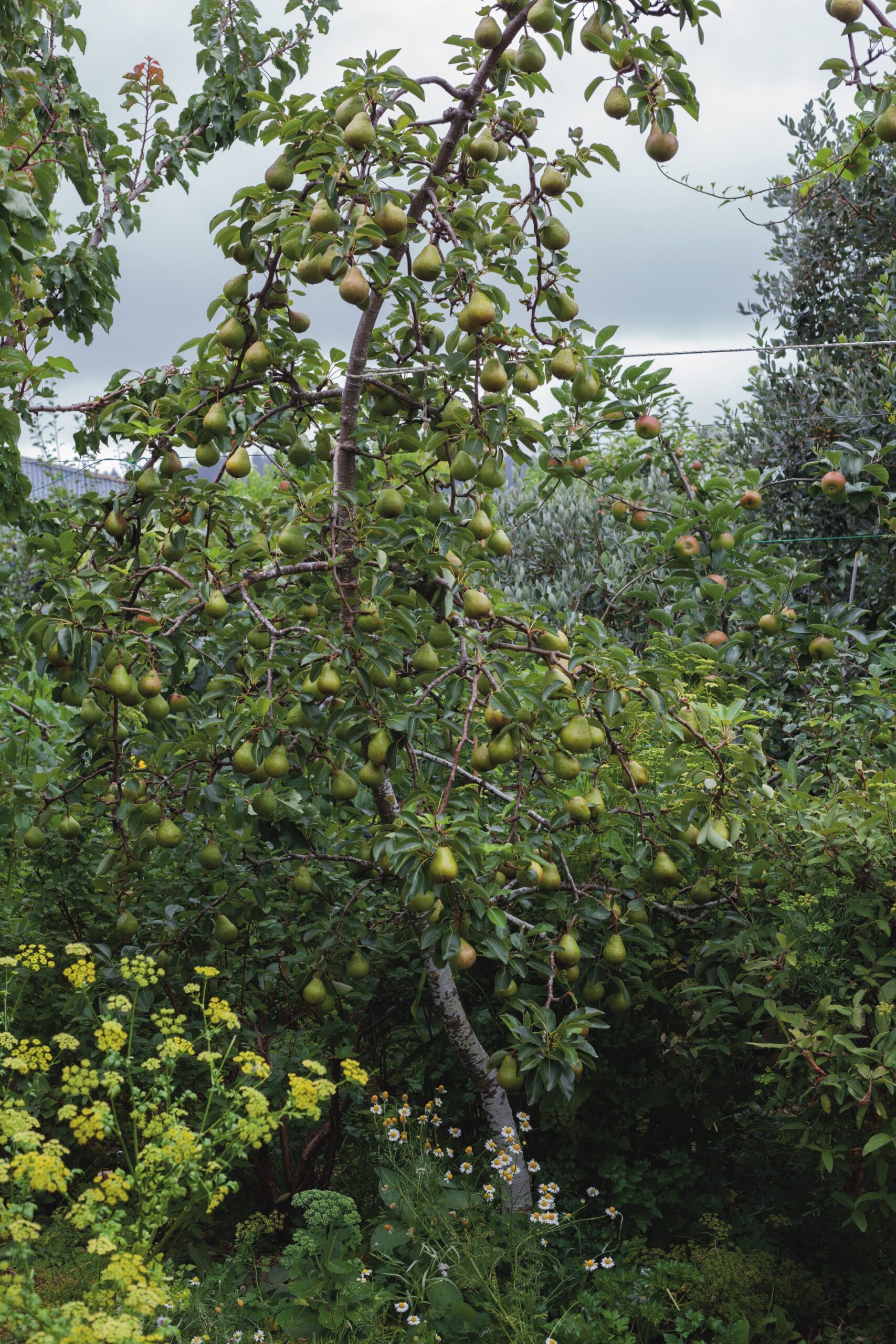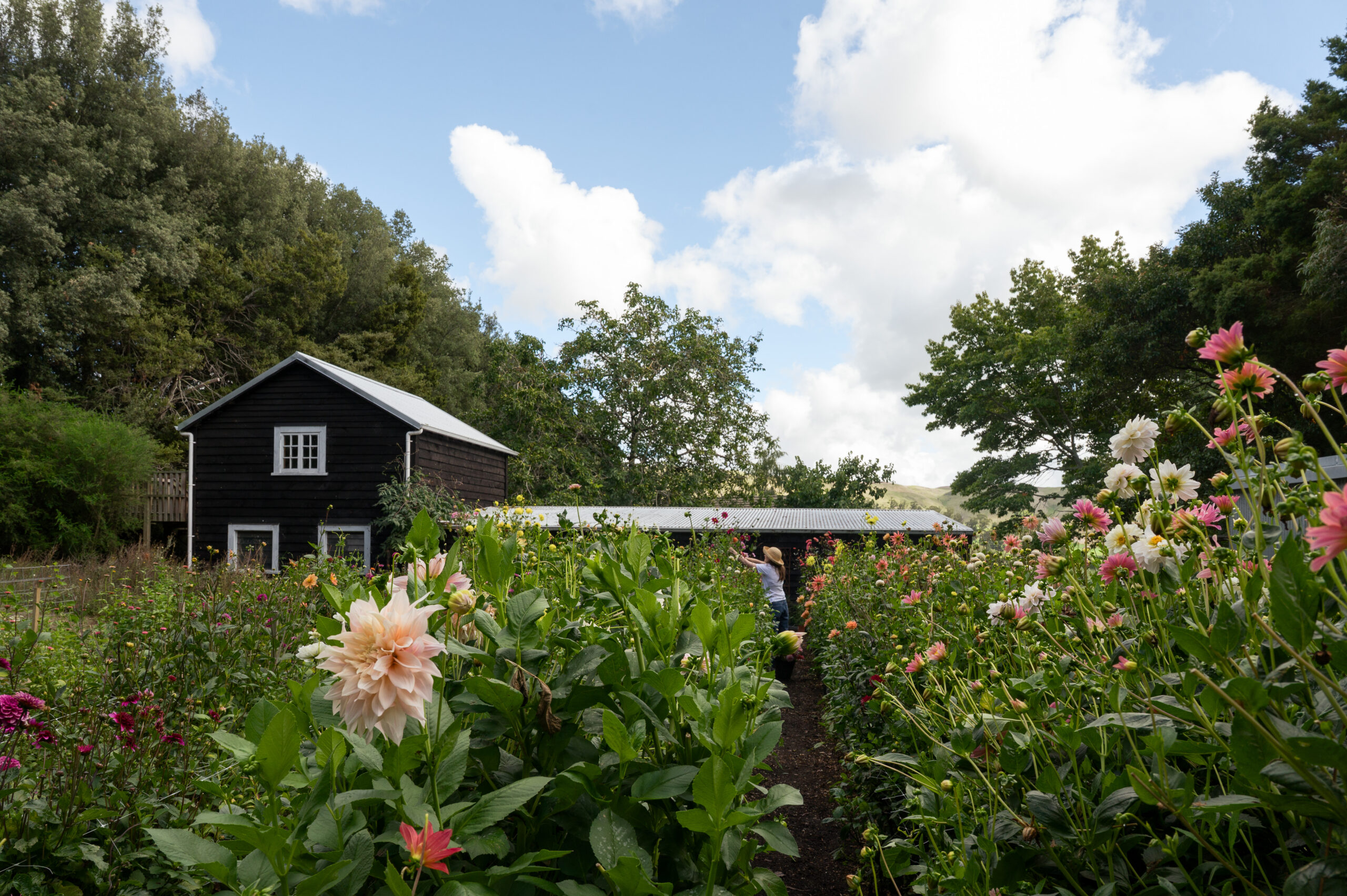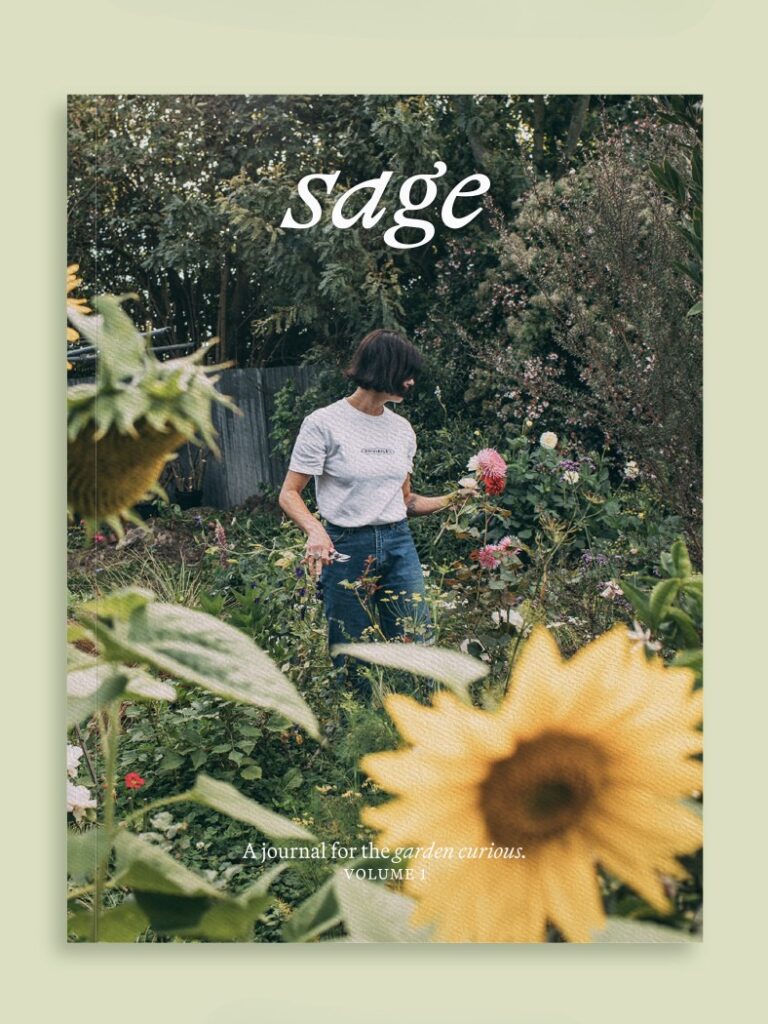Your cart is currently empty!
The enduring garden at The Elms | Te Papa Tauranga

The enduring garden at The Elms | Te Papa Tauranga
— Excerpt from The Spirit of a Place: A New History of The Elms Te Papa Tauranga by Sarah Ell, photography by Amanda Aitken
The fertile land at Te Papa Tauranga has been cultivated for centuries. Like much of the Bay of Plenty, the peninsula is blessed with volcanic soils, enriched with ash from successive eruptions. The whole region is also blessed with high sunshine hours and mild temperatures, and is sheltered by the Kaimai Ranges from cool southwesterly winds. This favourable climate, combined with abundant natural resources in the seas and forests, made Tauranga Moana one of the most densely settled areas of New Zealand in the centuries prior to the arrival of Europeans.
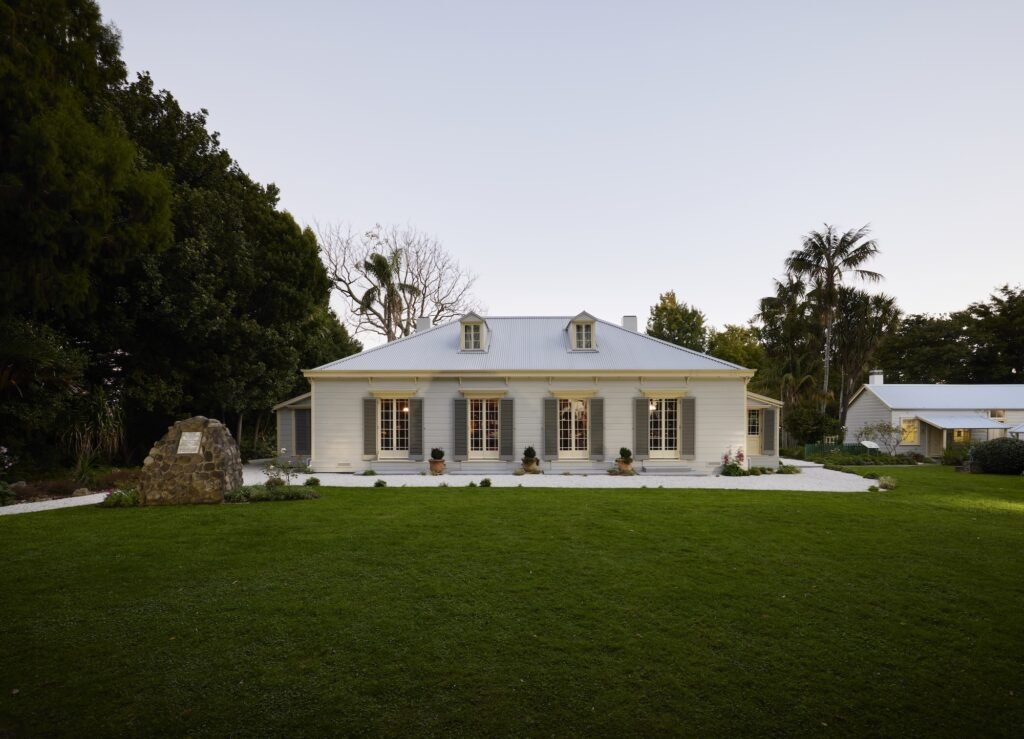
Radiocarbon dating of shell deposits indicate the Te Papa peninsula was occupied by iwi Māori from the fifteenth century (1400–1500CE), making it one of the earliest settlements identified in Tauranga Moana. Before the arrival of the first Polynesian settlers it was probably covered in coastal forest: pōhutukawa (Metrosideros excelsa), pūriri (Vitex lucens), karaka (Corynocarpus laevigatus), tawa (Beilschmiedia tawa) and mānuka (Leptospermum scoparium), as well as coastal flax wharariki (Phormium cookianum) and low-growing mingimingi (Coprosma propinqua var. propinqua).
Elevated, defensible coastal sites such as the tip of the Te Papa peninsula would soon have been cleared of vegetation by the first human arrivals and pā, kāinga and mahinga kai established. By the early 1800s, the trees were all gone, the land outside the Māori settlements covered in scrub or fern. Timber for building whare or waka had to be brought from inland, where forest still cloaked the lower slopes of the Kaimai Ranges.

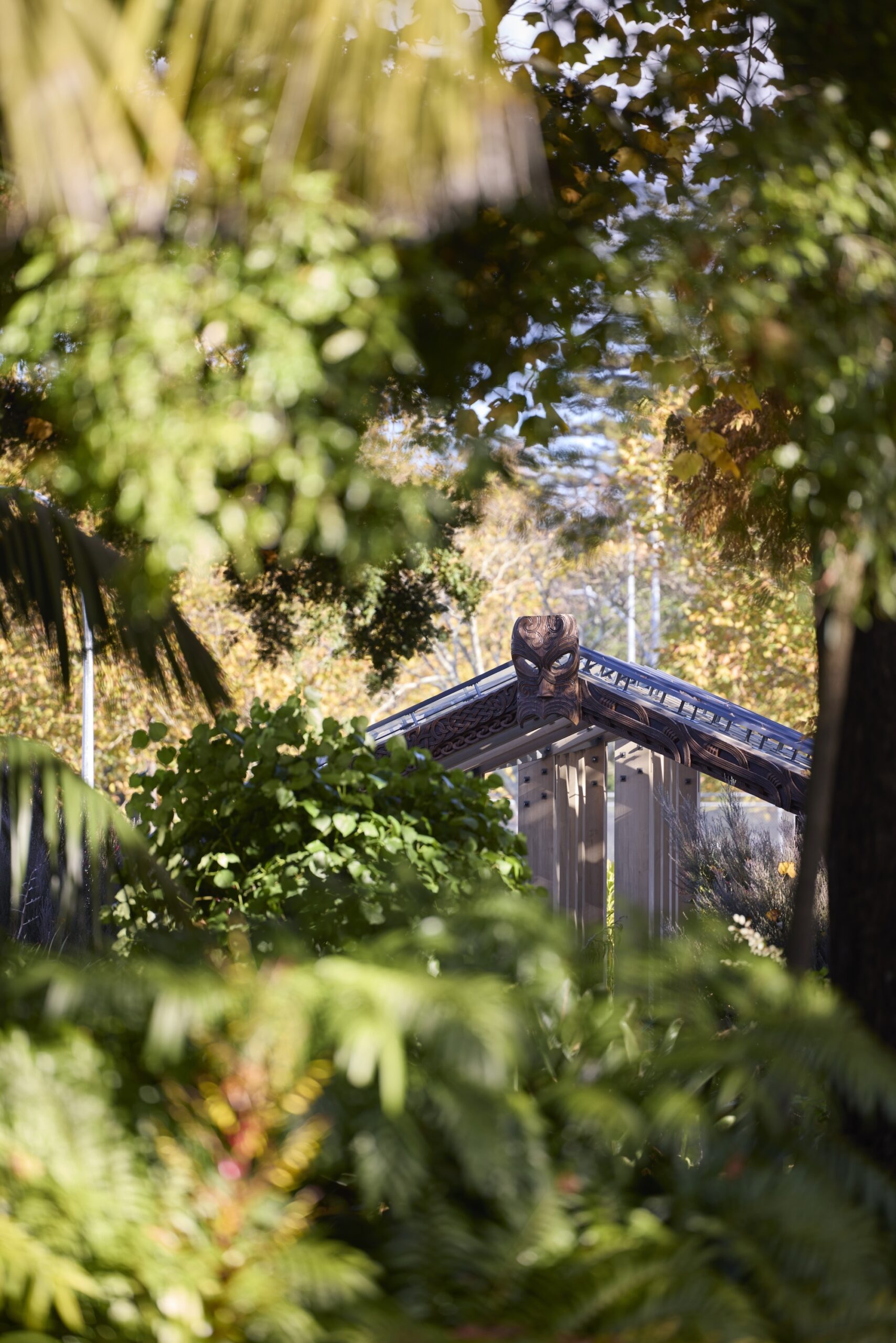
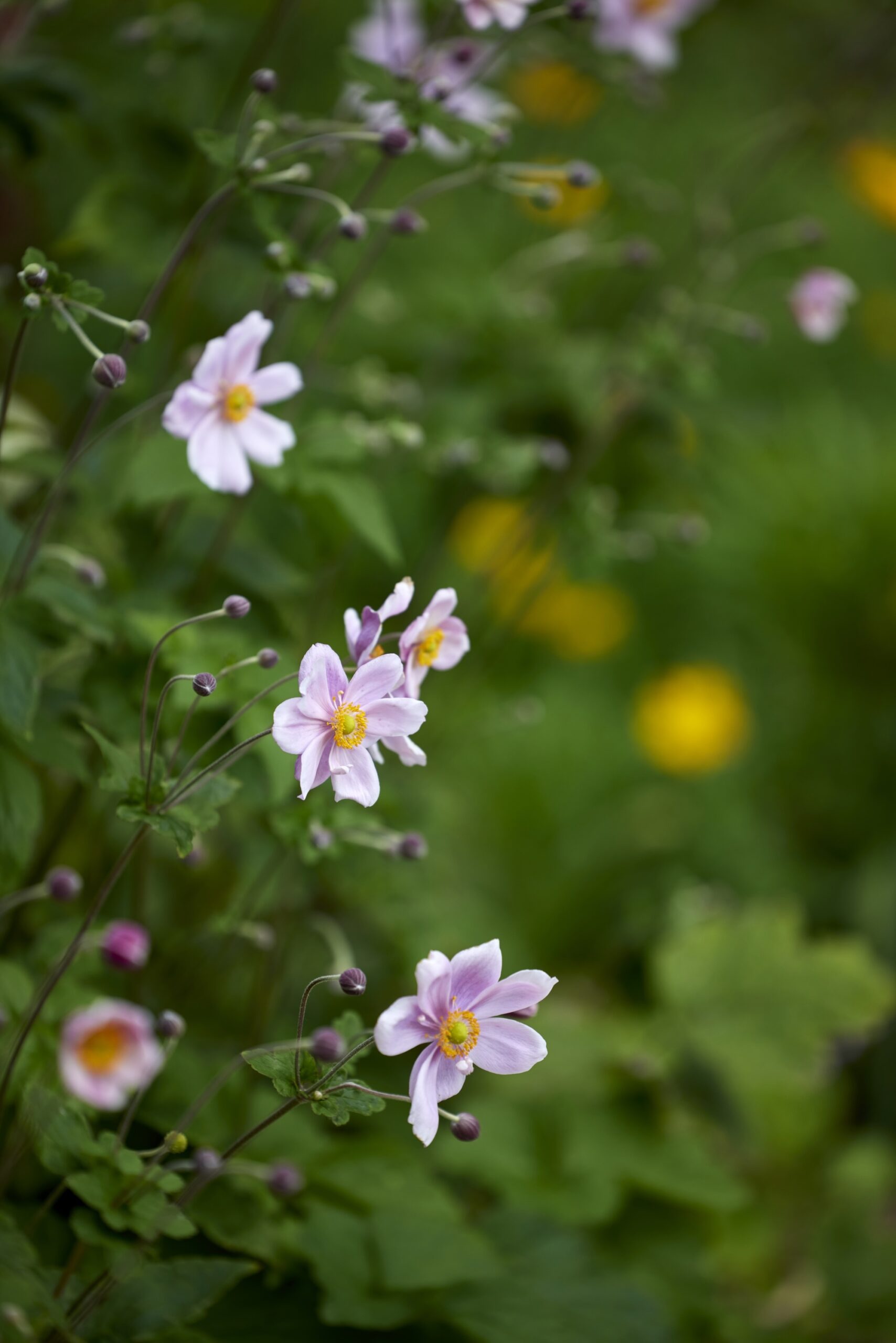
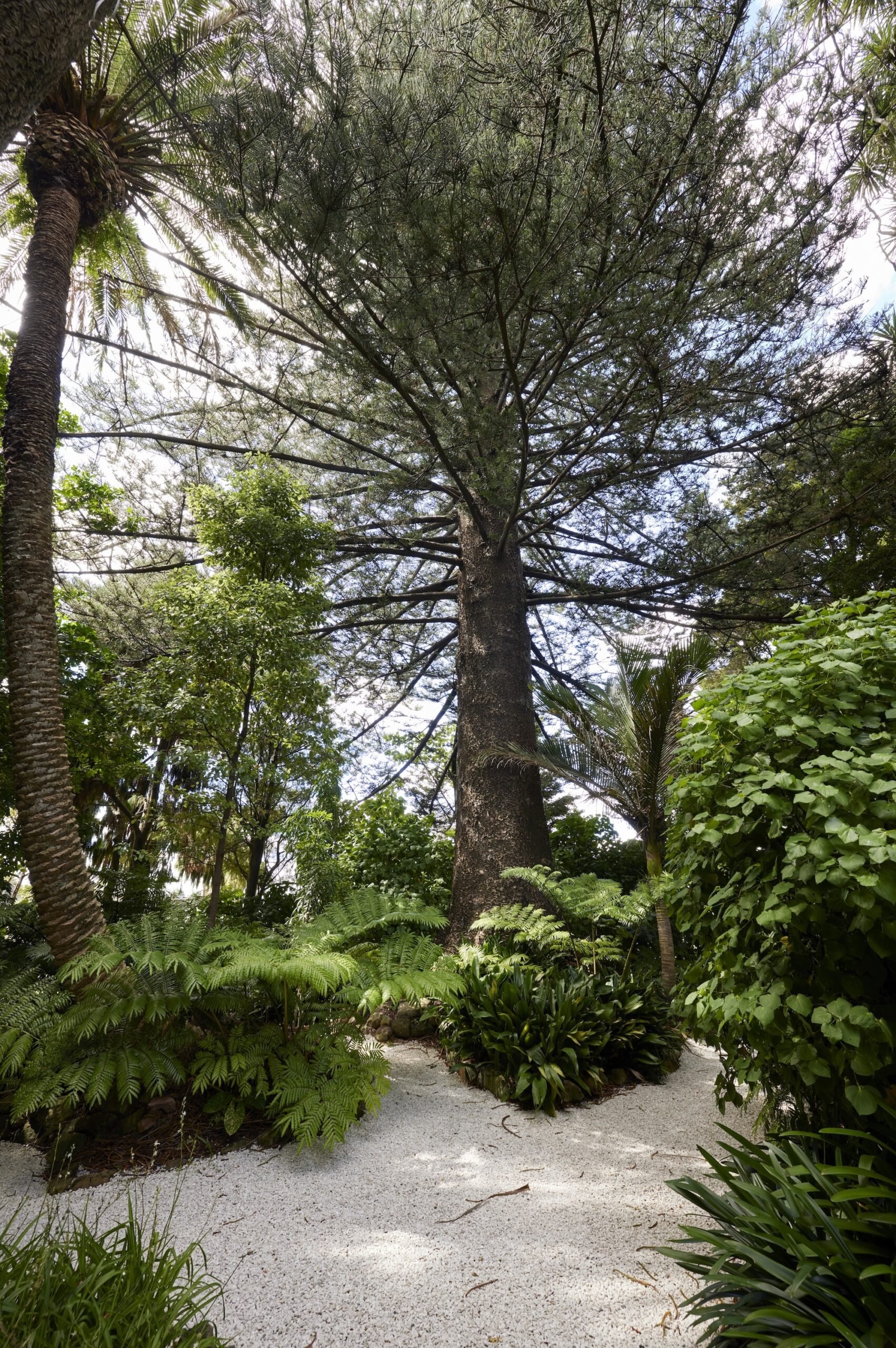
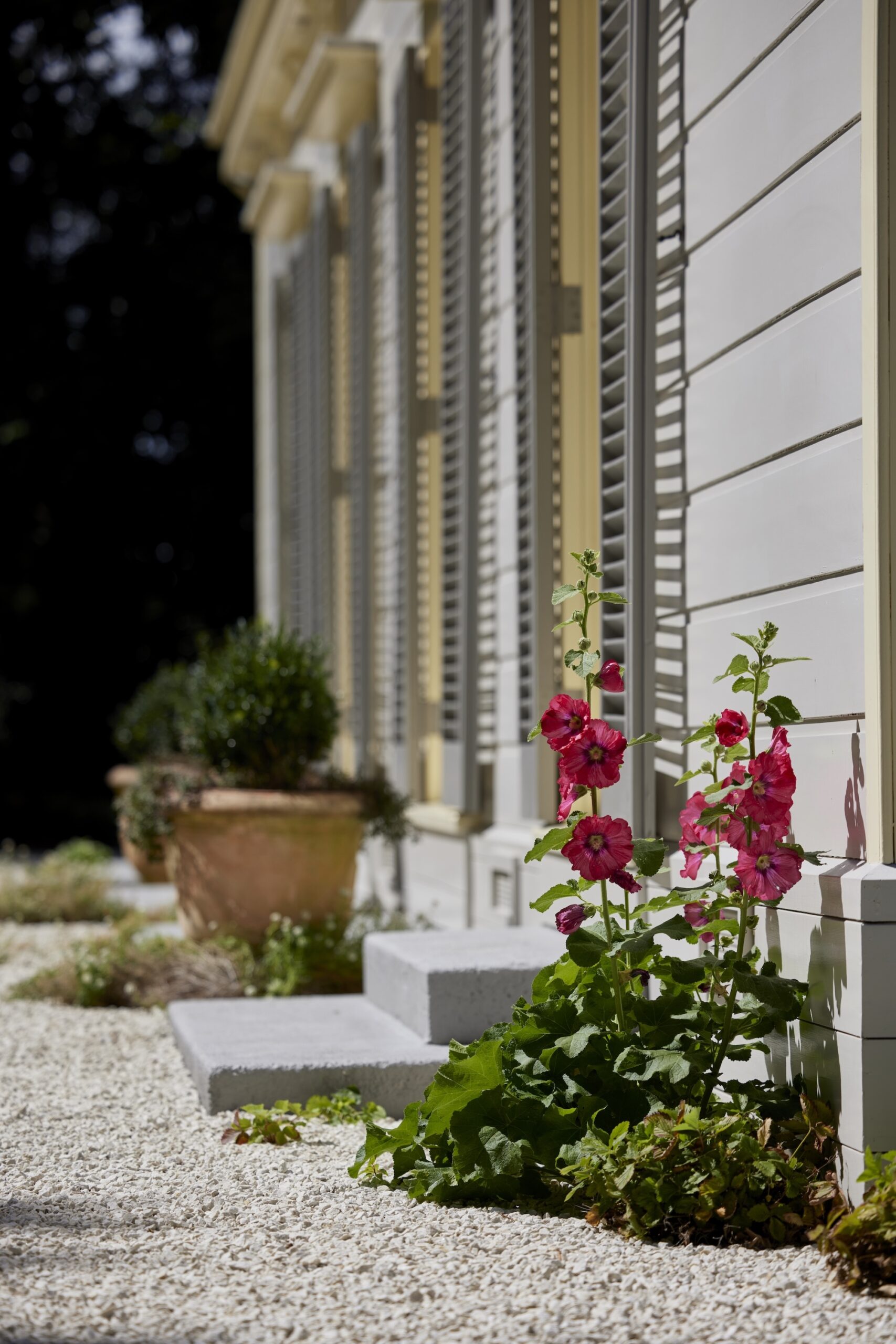


The heritage garden
In 2016, The Elms Trust resolved to create a heritage garden, which would reflect the history of Māori and Pākehā occupation and use of the Te Papa Tauranga site. It would act as both an attraction and an educational resource, teaching visitors about the history of the site and the plants that have been grown here over the past 600 years. It also celebrates the garden’s role in tourism, reflecting the property’s position as a visitor attraction for more than a century.
The Heritage Garden was formally opened in February 2020.
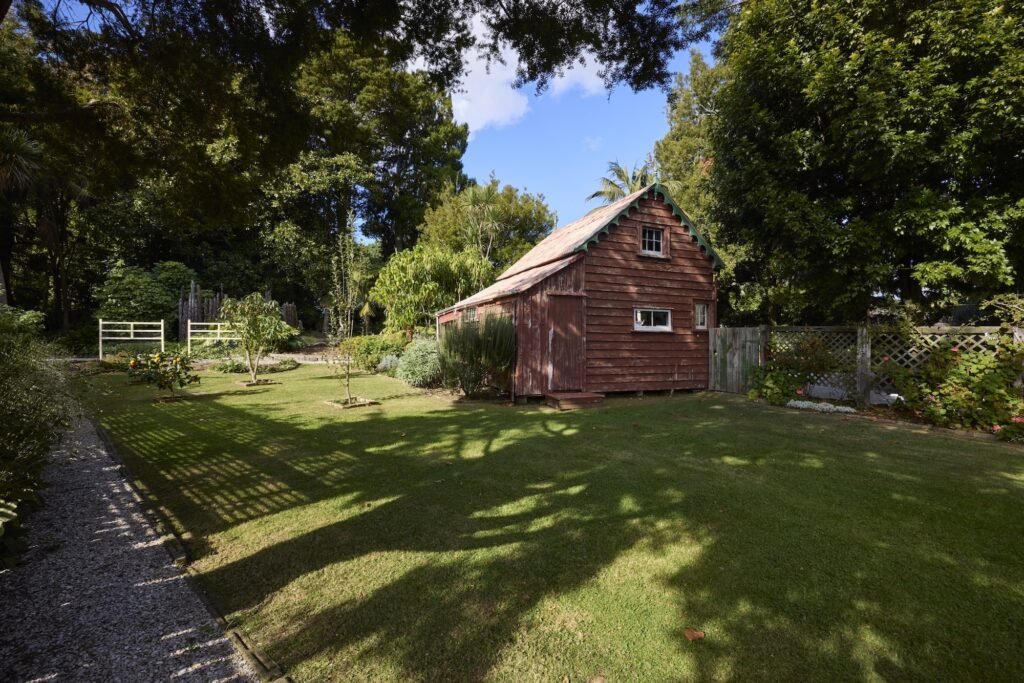

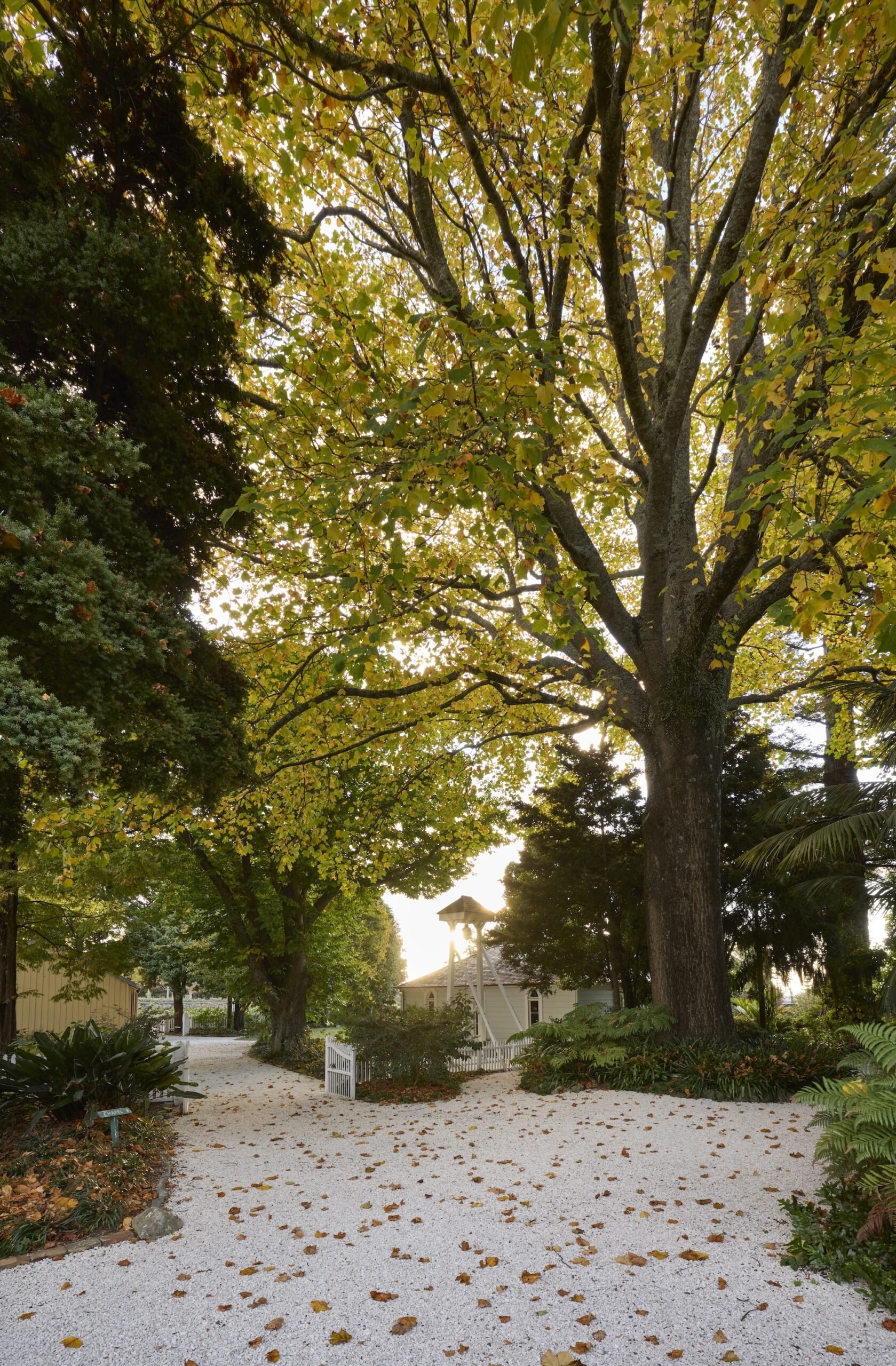
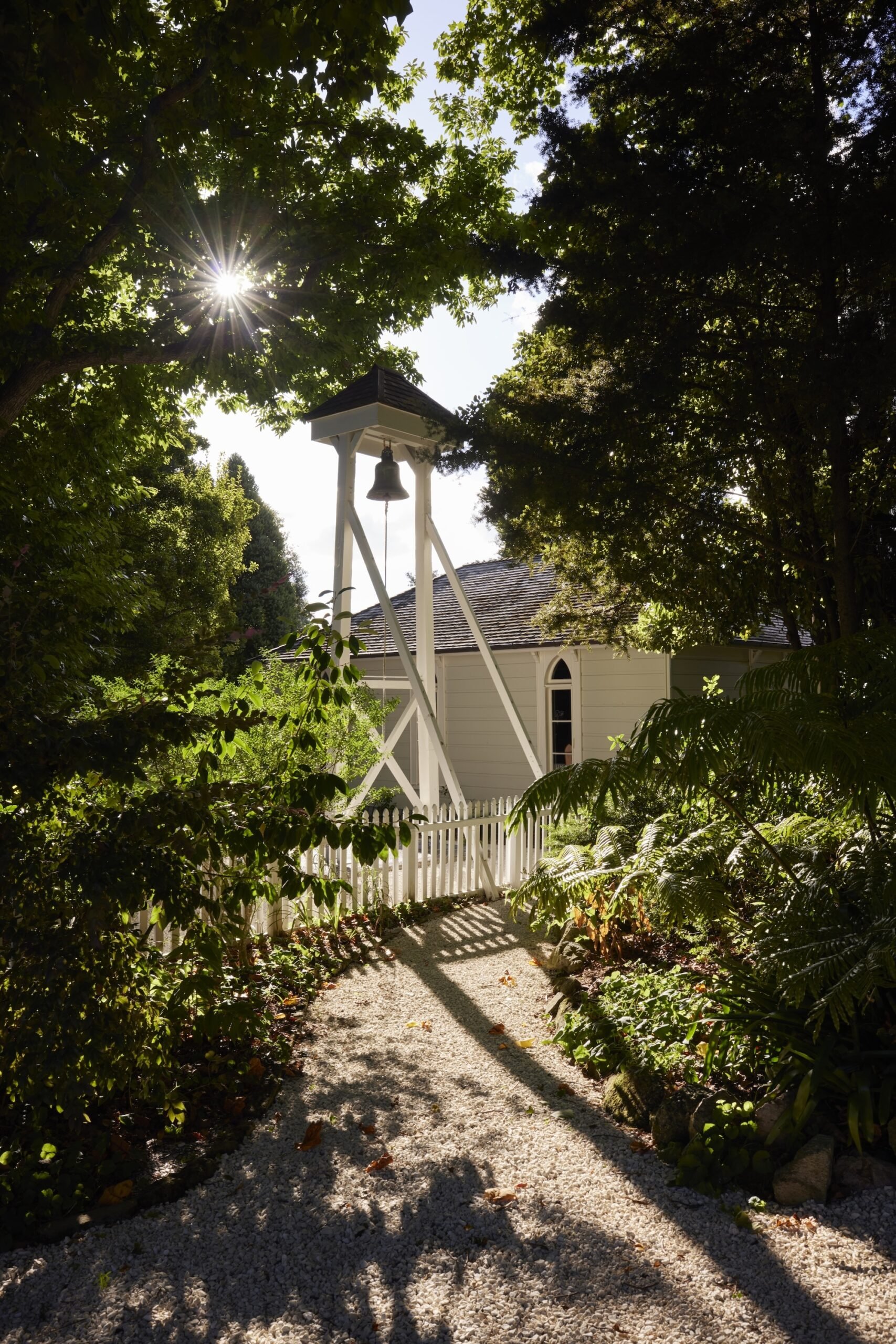
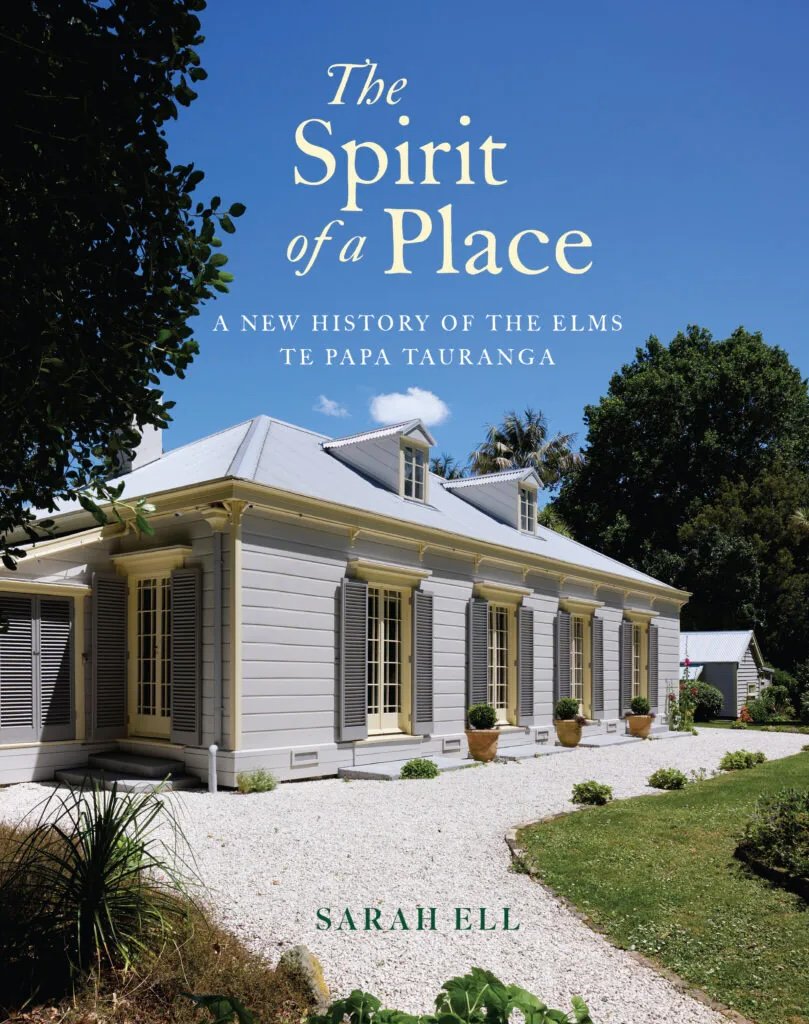
The Spirit of a Place: A New History of The Elms Te Papa Tauranga by Sarah Ell
Published by The Elms Foundation in association with Sherlock & Co. Publishing, RRP $60.00.
Buy Now
